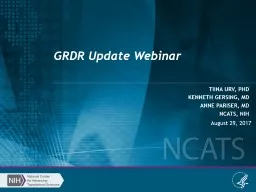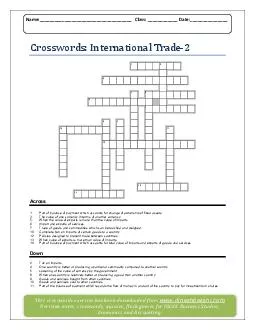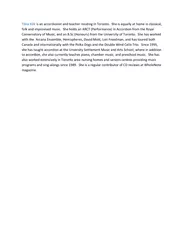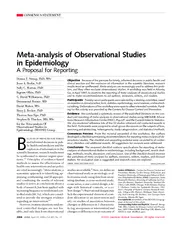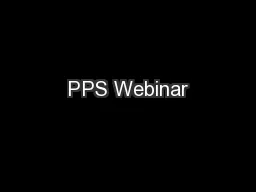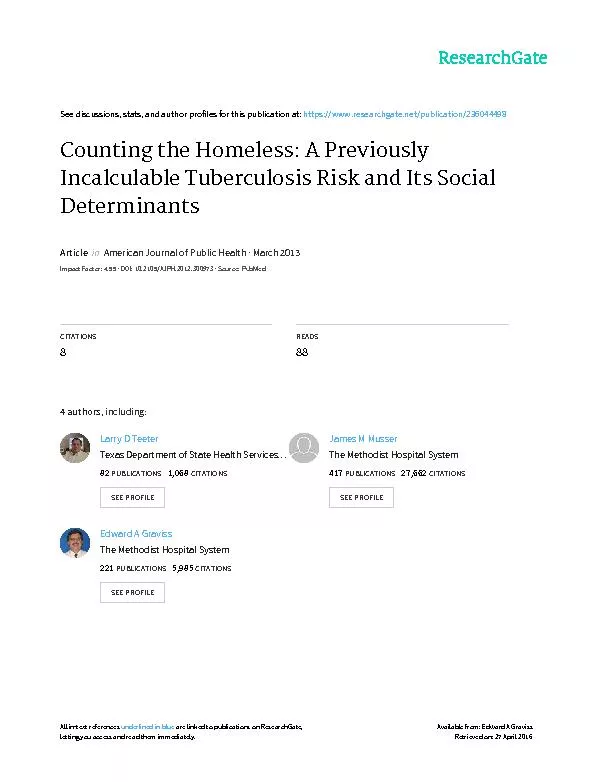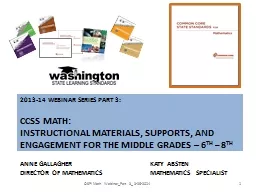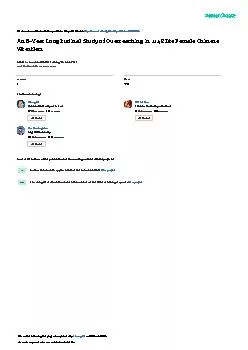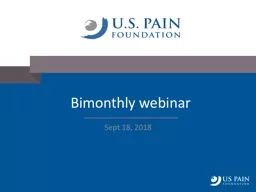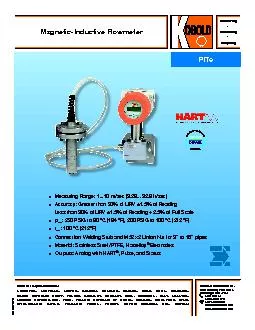PPT-GRDR Update Webinar Tiina Urv, PhD
Author : sherrill-nordquist | Published Date : 2018-09-20
Kenneth Gersing MD Anne Pariser MD NCATS NIH August 29 2017 Outline 2 GRDR History and Background Demonstration project 20102013 Data mapping exercise 20152017 Current
Presentation Embed Code
Download Presentation
Download Presentation The PPT/PDF document "GRDR Update Webinar Tiina Urv, PhD" is the property of its rightful owner. Permission is granted to download and print the materials on this website for personal, non-commercial use only, and to display it on your personal computer provided you do not modify the materials and that you retain all copyright notices contained in the materials. By downloading content from our website, you accept the terms of this agreement.
GRDR Update Webinar Tiina Urv, PhD: Transcript
Download Rules Of Document
"GRDR Update Webinar Tiina Urv, PhD"The content belongs to its owner. You may download and print it for personal use, without modification, and keep all copyright notices. By downloading, you agree to these terms.
Related Documents

